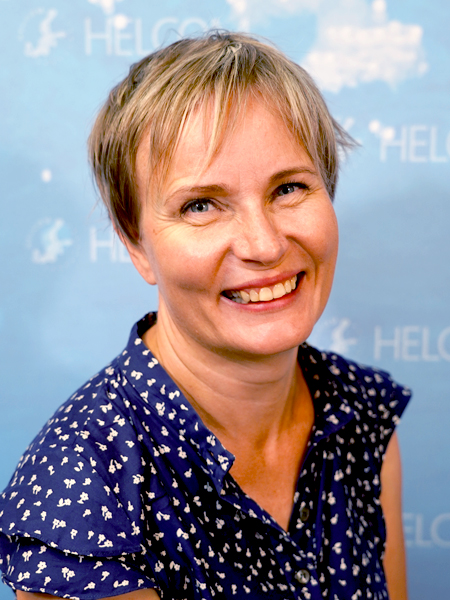The new, openly available Harmonised Regional Seas Assessment Tool (HARSAT) has been presented this week to the HELCOM working group (WG) Source to Sea*, as it is an essential part in HELCOM indicator evaluations for hazardous substances.
The release of the open source tool is another strong indication of the long-standing cooperation of the Arctic Monitoring and Assessment Programme (AMAP), Helsinki Commission (HELCOM) and the OSPAR Commission (OSPAR). The HARSAT tool greatly improves the efficiency of marine environment monitoring across adjacent sea areas, that facilitates applying resources available within the three organisations in a cost-effective and efficient manner, benefiting all parties. Moreover, the tool supports providing policymakers and users with a centralized platform for accessing critical and consistent information to support informed decision-making.
HARSAT is a statistical package that is publicly available on GitHub. A user community is being established to support the future maintenance, development and application of the tool – with potential for continuing the cooperation of the neighbouring sea regions in the necessary follow-up work.
AMAP, HELCOM and OSPAR are responsible for monitoring and assessing the state of the marine environment in adjoining, and partly overlapping, sea areas of the Arctic Ocean, Baltic Sea, and North-east Atlantic, respectively. All three organizations have a long history of expert-level collaboration, to streamline the work on monitoring the marine environment, not least in regard to harmonizing methods and protocols for monitoring and data analysis, and promoting common data management systems including using a shared, thematic data centre at the International Council for the Exploration of the Sea (ICES).
The HARSAT tool is the latest collaborative effort between the Baltic, North-east Atlantic and Arctic Regional Seas Conventions, supported by ICES as well as consultants and members of the relevant expert groups, to upgrade the existing tools used for statistical analysis of data on contaminants in marine samples.
The developed tool facilitates local, national and regional evaluations of hazardous substances in the marine environment, including from different monitoring material (water, sediment and biota samples). These evaluations form the backbone of environmental health or status assessments across these three regions and these assessments in turn are catalysts for reviewing the monitoring carried out and the setting of measures to improve environmental status. The harmonised core of this tool allows strong comparability across all three regions.
*full name: HELCOM Working Group on Source to Sea Management of Nutrients and Hazardous Substances and Sustainable Agricultural Practices (WG Source to sea)
Background
The HARSAT work was financially supported by resources from AMAP, HELCOM and OSPAR, including resources from external projects, such as the Nordic Council of Ministers HARSAT project and the NEFCO Baltic Sea Action Plan Fund co-financed PreEMPT project, as well as supported by a close working cooperation with the Baltic Data Flows Project that was co-financed by the Connecting Europe Facility of the European Union.
For further information, please contact the [AMAP|HELCOM|OSPAR] Secretariat.
About HELCOM
The Baltic Marine Environment Protection Commission, usually referred to as the Helsinki Commission or HELCOM, is an intergovernmental organization of the Baltic Sea coastal countries and the European Union. HELCOM has worked since 1974 to protect the marine environment of the Baltic Sea from all sources of pollution and to ensure safety of navigation in the region.
HELCOM is the governing body of the “Convention on the Protection of the Marine Environment of the Baltic Sea Area,” more usually known as the Helsinki Convention.
Contact

Johanna Laurila
Communications Advisor
johanna.laurila@helcom.fi
+358 40 647 3996
